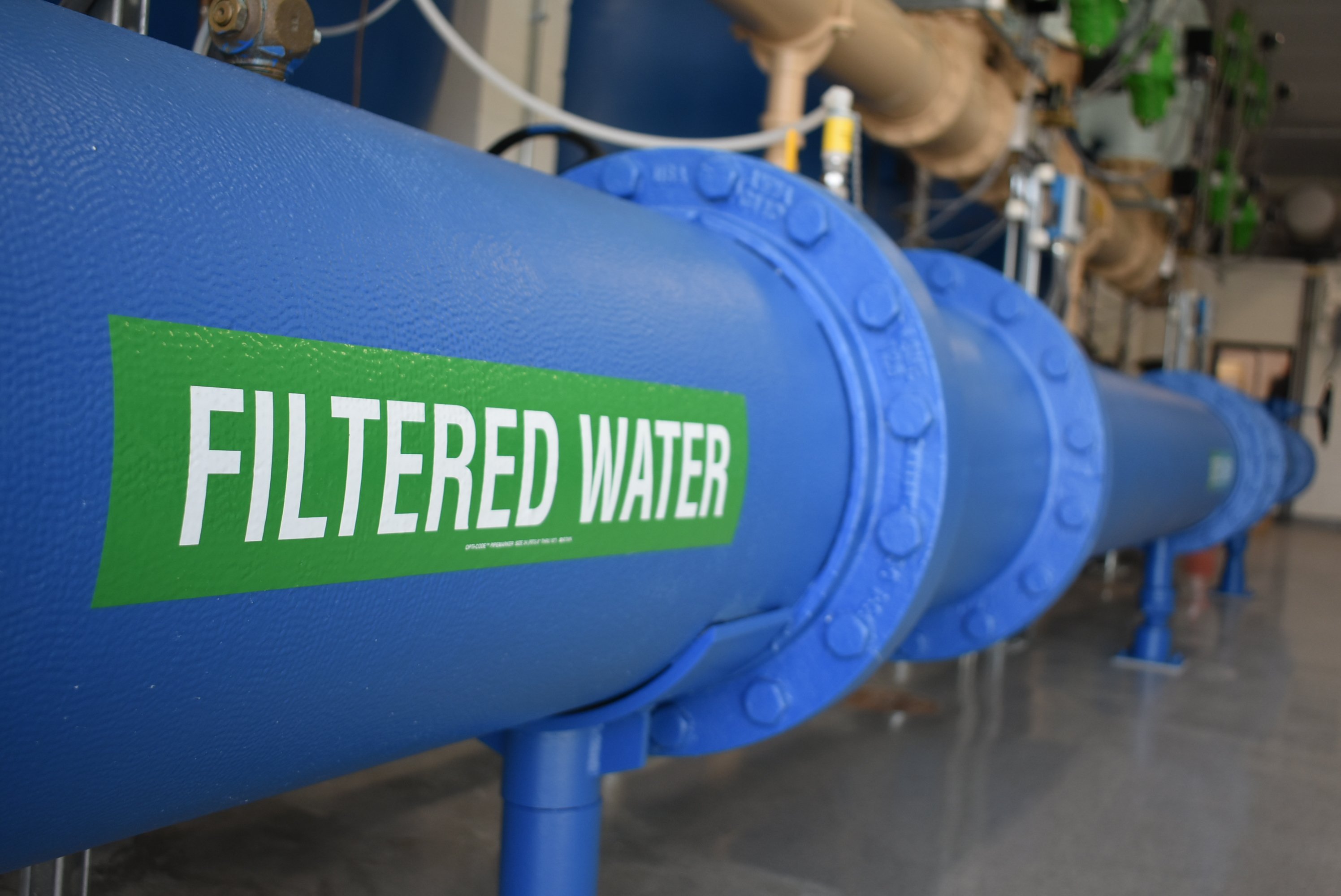The Environmental Protection Agency (EPA) released their much-anticipated final rule announcement for the legally enforceable new drinking water standards limiting exposure to a class of chemicals called PFAS, known as “forever chemicals.” Under the new rule from the EPA, water utilities must monitor drinking water supplies, ground water and surface water for PFAS chemicals and be required to notify the public and reduce contamination if levels exceed the new standard of four (4) parts per trillion (ppt) for perfluoroalkyl and polyfluoroalkyl substances. One ppt is equal to a grain of sand in an Olympic size swimming pool, meaning four ppt is equal to four grains of sand per 2.64 million gallons of drinking water.
Community water systems (CWS) will have three (3) years to complete water testing for these chemicals followed by ongoing compliance monitoring. Water system staff must also provide the public with information on the levels of these PFAS in their drinking water beginning in 2027. After this initial three-year (3) period (2024−2027), CWS will need to include these results in their Consumer Confidence Reports (also known as Annual Drinking Water Quality Reports). Additionally, starting in year five (5) of the promulgation of this rule (2029), all CWS must comply with all EPA-established maximum contaminant levels (MCLs) and public notifications for MCL violations.
The EPA estimates it will cost $1.5 billion annually to comply with the rule; however, the American Water Works Association, the Association of Metropolitan Water Agencies and other groups representing water utilities estimate the cost of monitoring and remediation of PFAS could be as much as $3.2 billion annually.
In addition, the EPA also announced nearly $1 billion in newly available funding through the Bipartisan Infrastructure Law to help states and territories implement PFAS testing and treatment at public water systems. An additional $12 billion is available through the Bipartisan Infrastructure Law for general drinking water improvements, including addressing emerging contaminants like PFAS.
PFAS chemicals may be strong, stable compounds and hard to remove from potable water…but not impossible. There is no water problem we can’t solve together.
For more information, contact:
Senior Project Manager Kurt Wanninger
317-538-1891
Tags

